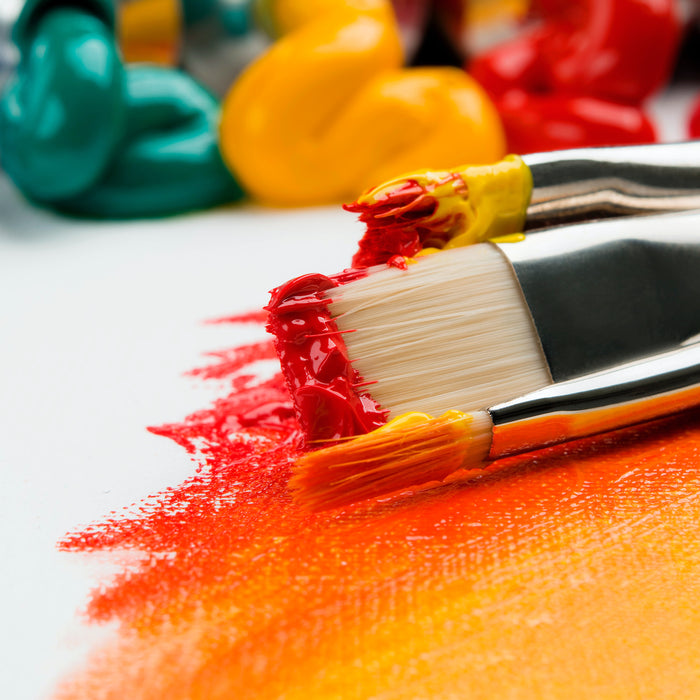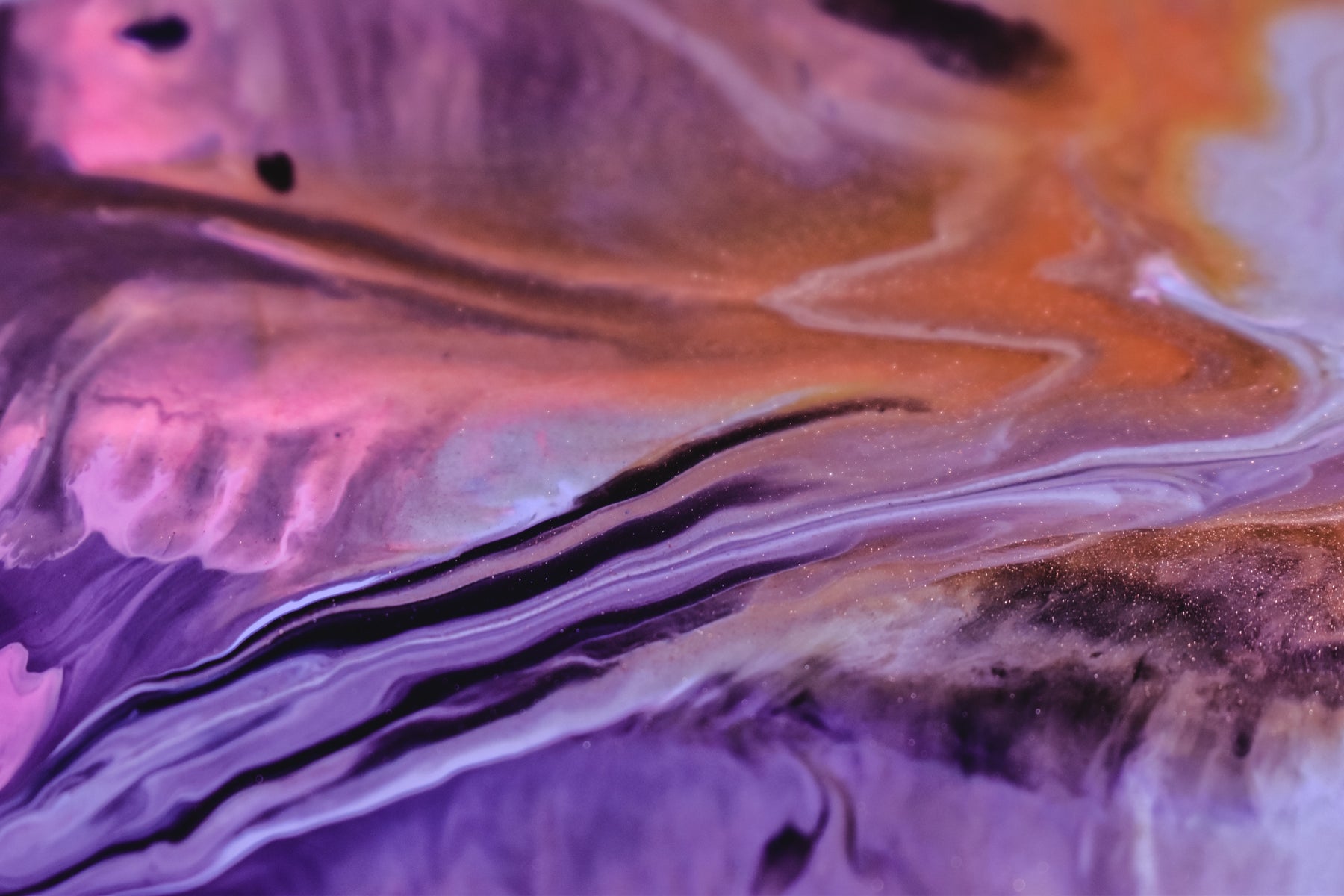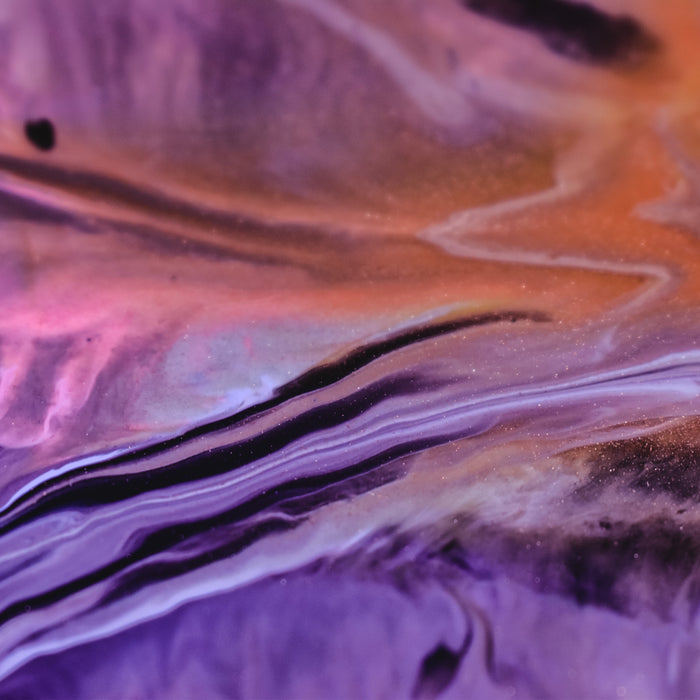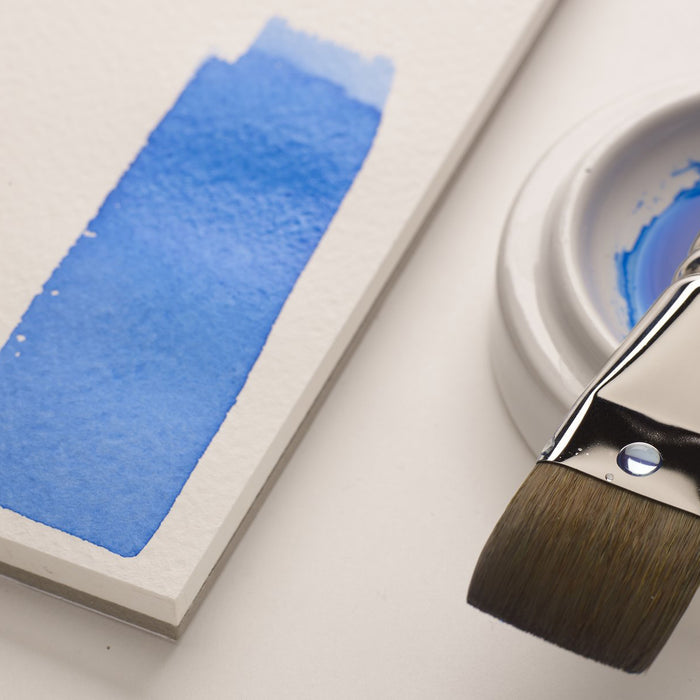
Best Acrylic Paints in 2023
Are you an aspiring or professional artist looking for a reliable set of acrylic paints? With so many brands and types out there today, it can be challenging to narrow down the best options. To help you on your journey...

Acrylic pour painting is an engaging and easy-to-learn art technique where fluid acrylic paints are poured onto a canvas or other surface, creating mesmerising patterns as colours blend. This enjoyable method offers limitless creative possibilities for experimentation.
Acrylic pour painting has seen a surge in popularity recently, appealing to artists with varying skills. Its simplicity and lack of prior artistic experience requirements make it a delightful and therapeutic activity for anyone exploring their creativity. Moreover, the impressive outcomes continue to inspire experienced artists to expand their artistic horizons.
Acrylic pour painting requires a few key materials.

Acrylic pour painting encompasses a variety of basic techniques that allow artists to create captivating abstract artworks.
Acrylic pour painting is a fascinating and versatile technique that allows artists to create mesmerising abstract designs by pouring and manipulating acrylic paint on a canvas. If you're new to acrylic pour painting and eager to explore this captivating art form, here are some helpful tips to get you started on your creative journey.
By following these tips for beginners in acrylic pour painting, you can enhance your skills and create captivating artwork. Remember to practise, explore different techniques, and enjoy the creative process.
Inspiration Sources for Acrylic Pour Painting
Acrylic pour painting draws inspiration from various sources, sparking creativity and guiding the artist's choices
Acrylic pour painting, like any art form, may encounter common issues that can be addressed through troubleshooting.
Acrylic pour painting is a versatile and engaging art form that caters to artists of all skill levels, offering a range of techniques and materials to create stunning patterns and effects. As you embark on your journey with this captivating medium, remember to embrace exploration and experimentation to unlock your unique style and expand your artistic capabilities. By immersing yourself in this creative process, you'll not only produce beautiful artwork but also discover the joy and fulfilment that comes from expressing your imagination through this mesmerising art form.
Additional Reading
Acrylic Painting for Beginners: Step-by-Step Guide
Q: What is acrylic pour painting?
A: Acrylic pour painting is a technique where acrylic paints are mixed with pouring mediums and then poured onto a canvas or other surfaces. As the paints flow and interact, they create unique patterns, textures, and colour combinations.
Q: What supplies do I need to start acrylic pour painting?
A: To start acrylic pour painting, you will need acrylic paints, pouring medium, cups for mixing, a pouring surface (such as a canvas), stirring sticks or palette knives, a drop cloth or plastic sheet to protect your workspace, and optionally, additives like silicone oil or alcohol for creating special effects.
Q: How do I prepare my canvas for acrylic pour painting?
A: To prepare your canvas for acrylic pour painting, make sure it is clean, dry, and free from dust or debris. You can also apply a layer of gesso to prime the canvas, which helps the paint adhere better. Ensure that the canvas is level and place it on a raised surface or use small blocks to elevate it.
Q: What are the different pouring techniques in acrylic pour painting?
A: There are various pouring techniques in acrylic pour painting, including the "dirty pour" (layering different colours in a cup), the "flip cup" (inverting the cup onto the canvas), the "swipe" (dragging a tool through the paint), and the "puddle pour" (pouring multiple colours in separate puddles on the canvas).

Are you an aspiring or professional artist looking for a reliable set of acrylic paints? With so many brands and types out there today, it can be challenging to narrow down the best options. To help you on your journey...

Acrylic pour painting is an engaging and easy-to-learn art technique where fluid acrylic paints are poured onto a canvas or other surface, creating mesmerising patterns as colours blend. This enjoyable method offers limitless creative possibilities for experimentation. Acrylic pour painting...

Selecting the right watercolour paint brushes is essential for artists of all levels, as it significantly influences the painting experience, artwork quality, and overall satisfaction. The appropriate brushes help achieve desired effects, blend colours smoothly, and enhance the artwork. This...